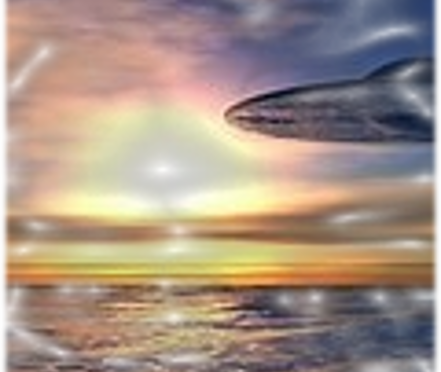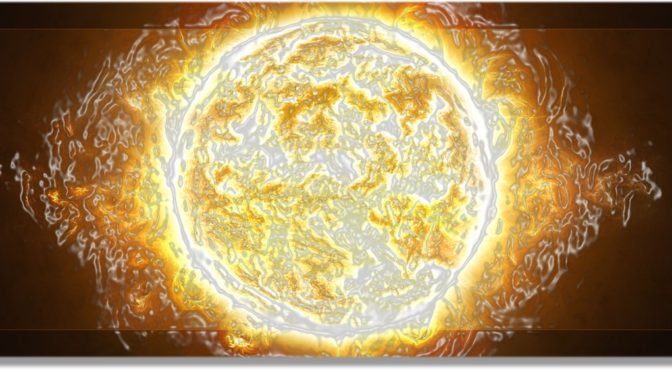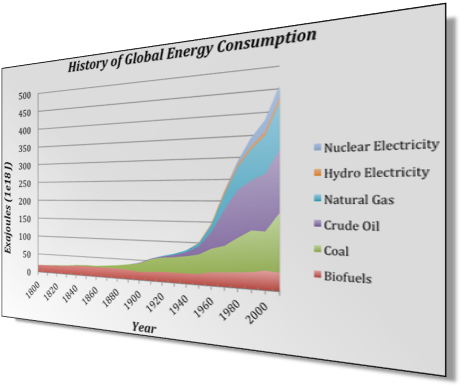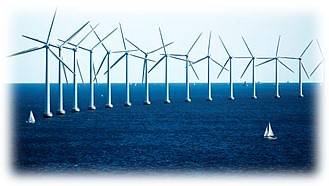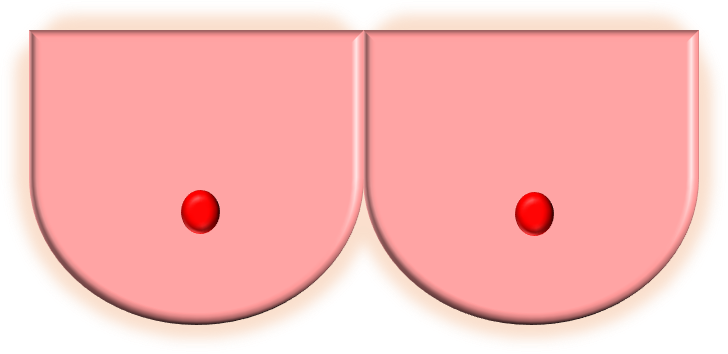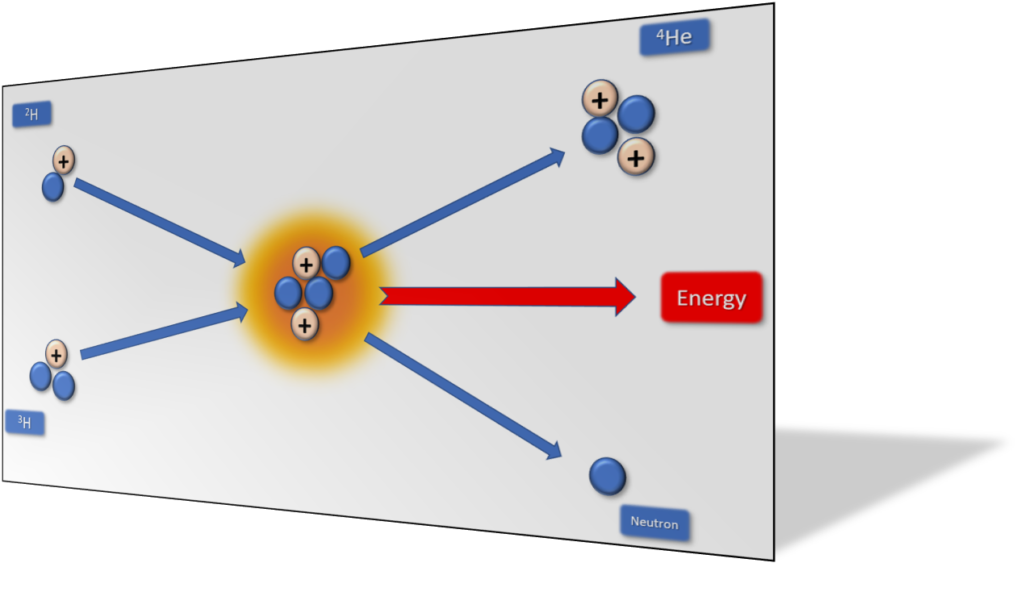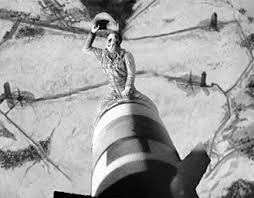I love to travel, don’t you? It’s such a buzz. The excitement builds the closer the trip gets until it’s only a few days away, and then it gets all frenetic and busy.
” Have you checked us in online?
I can’t find the passports babe!
Have you booked the car into the valet parking yet?”
I love the valet parking! Just drop it off and leave the keys, and then a few short steps to the terminal building.
I love the limo pick-up more.

Oh lovely Limo Pick-up How I love thee though I love thee twice, nay trice as much as going low price, cheap eco....
Then there’s my favourite bit of all, well almost. Fast-Track. I LOVE FAST-TRACK. It’s not the fact that you get through customs quicker, I couldn’t care less about that. It’s the walking past the big, huge queues of angry looking people who don’t have Fast-Track that does it for me.
As the doors of the Business Lounge swish open, welcoming me into the sumptuous interior, I always have an incredibly strong urge to turn and shout at the top of my lungs

“I AM ENTERING THE BUSINESS CLASS LOUNGE WHERE I WILL DRINK AND EAT FOR FREE! I MAY TAKE A NAP ON A FULL-LENGTH BED, OR HAVE A HAIRCUT OR A MASSAGE WHILST ALL OF YOU TRY TO FIND SOMEWHERE TO CHARGE YOUR HUAWEI PHONES!”
Then there’s the sitting in the huge mahoosive seats in Business, sipping champagne and nibbling a canopé, whilst those same, now red-faced on the verge of a meltdown people, file past with their backpacks and their Costa coffees and their half-eaten caramel raisin muffins, muttering under their collective breath about how these bastards have never done a real days work in their lives, and Lu in the background bitterly complaining…
“My Entertainment system only has 73 channels Daddy and my seat is too wide and I cant kick Mummy’s seat in front because there’s too much legroom, and why does it keep turning into a bed with duvets and pillows and everything when I press this button?”

Whoa, whoa, whoa. Let’s slow this thing down before we all do something we regret, shall we?
My point was, I love to travel. Always have. And whilst my wife and daughter say I’m a travel snob (dunno what she’s talking about), let me tell you that I’ve seen things you people wouldn’t believe. Attack ships on fire off the shoulder of Orion. I watched C-beams glitter in the dark near the Tannhäuser Gate.
OK, that’s not mine. That was from that great scene in Blade Runner with Rutger Hauer, but I have seen some pretty amazing stuff.
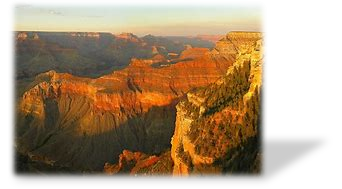
I’ve stood on the edge of the Grand Canyon and watched the sun set over the desert. I’ve swum in 3 out of 5 of the earth’s oceans. I’ve driven across the US, coast to coast, in a car that cost $250. I’ve bummed all around Europe and lived on a beach in Greece for 6 months. I have sat and warmed myself amongst the ancient ruins of the Acropolis, with a bottle of Retsina, a loaf of bread and Plato’s Republic. I’ve swum with Sharks and Whale Sharks in the open sea. I’ve seen some of the most beautiful reefs you can imagine, in the bluest, clearest waters of Thailand, the Maldives and the Red Sea. In fact, here is a great picture of an extremely healthy reef in the Red Sea. Notice the sleeping octopus under the brain coral?
Oh, hang on a mo. Just a tick. Yes, that’s right. That picture is on my GoPro SITTING ON A CORAL REEF AT THE BOTTOM OF THE BLOODY RED SEA!!
“HOW ON EARTH DID THAT HAPPEN CREASY?”
Well, I’ll tell ya if you’ll just calm yourself down a bit.
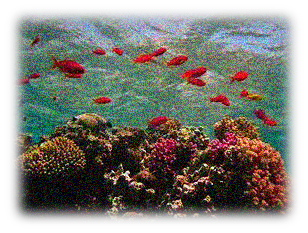
We, that’s me, my wife and daughter, were on vacation in Egypt. Amazing country and amazing people. It was the perfect sunny, hot Egyptian day. We decided that we would go snorkelling in the Red Sea, because why wouldn’t you? It’s only one of the best snorkelling/dive locations in the world. Crystal clear waters and some of the healthiest reefs I have ever seen.
I love to snorkel on coral reefs, but I always wished I had a record of what I had seen. So, a few years back, I decided I would get a GoPro so I could film these soon-to-be-gone natural wonders. I also decided to get a headband that attaches to the GoPro to leave my hands free. I don’t know what for. Maybe for grappling with a particularly aggressive parrotfish or to point dramatically (with both hands), at some point of interest.
Now, these headbands are great. Everything you see, the GoPro also sees. You have to learn to turn your head slowly and get the angle of the camera right or it ends up looking like you’re being attacked by a Great White whilst examining your own nipples. Once you have cracked these two though (head and angle, not the nipples), these headbands are the dog’s bollocks.

Anyhoo, we’d decided to go snorkelling in the Red Sea and we managed to find a good boat that would take us out to the really nice reefs about an hour or so offshore. Once or twice, the crew pointed out dolphins gambling around the boat as my wife and daughter read and sunbathed on the afterdeck. I spent most of my trip making sure I had my GoPro all set up, in the right waterproof case and properly attached to the headband and with plenty of battery life.
When we arrived, I got all excited about getting into the water. I rinsed my mask in the soapy water provided, donned my fins and mask and then I slipped the GoPro headband onto my head. I changed the angle of the camera to where I knew my nipples would be absent from the shot, and I was all set.
One of the key things to remember when you are using one of these headbands is to make sure you hold on tightly to the camera as you enter the water. Two reasons really. If you are jumping in from a high deck, the force of the water can change the angle of the camera lens and we’re back to nipple shots. The other rather obvious reason is to prevent the headband from coming loose and falling off.

I know what you’re thinking. Creasy forgot to hold onto the GoPro as he jumped into the water and it slipped off and sank down to the reef below.
WRONGO!
I held on perfectly. I struck the perfect pose as I entered the water holding both mask and Camera in place. So you shouldn’t jump to conclusions, should you?
Once I was in the water and back on the surface, I looked around to see what’s what. Either my wife or my daughter was calling to me from the boat, so I raised my mask and said
“HUH?”
Whoever it was muttered some gibberish which I pretended to hear, and then I pulled my mask back down and started my Red Sea Reef Adventure. As I glided along, I made sure to slowly move my head from left to right so as to capture the fullest view of the reef 25ft below. When I noticed something of particular interest, be it a colourful fish or a bright coral, I would stop and look directly at the item of interest and be still for five to ten seconds to get a good shot (you can make stills from them later), before gliding gracefully away to the next spot.
The reef was magnificent. Nowadays, it is quite common to dive on a reef only to find that it has bleached and is dying. If ever there was a more telltale sign of Global Warming, it is the destruction of the world’s reefs. I always feel very lucky when I come across a healthy reef, and particularly happy that my daughter is creating memories of something that could well be gone by the time she is all grown up.
After an hour or so, I glided back towards the boat feeling relaxed and content. I was intrigued to see what the camera had picked up that my eye might’ve missed.

As I approached the ladder of the boat, I bent down to remove my fins and passed them up to a crew member. Then I reached up to remove the GoPro and….I know what you’re thinking. You’re thinking that it slipped off while I was snorkelling around the reef.
WRONGO AGAIN!
It had actually come off when I raised my mask to listen to the inane babble of my wife and daughter.
“WHAT A DICK CREASY!”
Steady on. It’s a simple mistake to make. As I had raised the mask, so the headband had been flipped off behind me and the GoPro had sunk to the reef below. What? Have you never done something incredibly dumb in your life?
What made it worse, is that it dawned on me what a complete and utter twat I must have looked, paddling around, slowly turning my head left and right, to my mind demonstrating to any onlooker the correct way to get impeccable GoPro shots.

Of course, the boat had drifted while I was out, so the odds of the GoPro still being directly below us were about as strong as Neddy the Blackpool donkey winning the Grand National. Nonetheless, I pleaded with the crew, who took the whole thing very seriously, to come and help me look, and implied that there would be a magnificent reward for the recovery of the GoPro.
These lads were like fish. We were in about twenty-five, maybe thirty feet of water, and these boys were up and down like a bride’s nighty as they attempted to first find, and then recover, the GoPro. All to no avail. We searched around for about 20 minutes but it soon became clear to everyone that the dumb white boy had properly lost his camera and there would be no reward today.

A gloomier boat ride home you have never seen. Mostly the crew, who appeared to be truly distraught that they had missed out on the reward. It was clear that they blamed me for ruining their day. I was none too cheerful myself and not entirely sure I would make it back to the dock. Lu had her head back in her iPhone and didn’t give a monkey’s, but the wife? She chuckled contentedly all the way home. When I implied that had it not been for them distracting me it would never have happened in the first place, she chuckled a bit harder. This one would take a while to get old.
When we got back to our room, the conversation took a different turn
“Shall we get you a new one babe? No? You sure? I bet we can get one here in the hotel if you want one babe? Are you sure you’ll be able to hang on to this one though Jacques? ……heh heh heh”
Lu had something else on her mind.
“Daddy, what will happen to the GoPro now?”
I stopped and reflected for a moment before I said,
“Well baby, it’s probably still on and capturing all sorts of images on the reef, but eventually it will run out of battery and just lie there. Maybe a tourist will stumble across it and it will somehow make it’s way back to us?”
“But what if nobody finds it?”
“Well in that case, as the years go by, the coral will hopefully grow, and eventually the GoPro will become embedded in the reef until it is finally totally buried.”
“So will nobody ever find it then?”
“Well, never say never baby, but it’d be pretty unlikely…unless”

And then the Irish kicked in. Want a good story? Go to any pub in Ireland and buy a man a drink, and he will regale you with tales of leprechauns and the Republic until you buy him another drink, and then he will regale you some more.
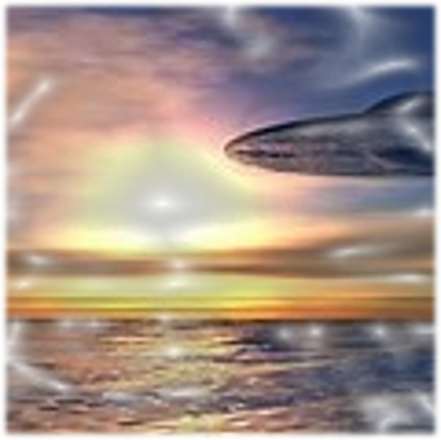
“Unless…..one thousand years from now, all the people become extinct due to global warming. Then twenty-five thousand years later, after every sign of humanity has been covered over by the sands of time, a shining, slender, silver craft descends through our atmosphere, down through the clouds and swoops low and fast over the land. Searching. Searching. Until finally, its course takes it out over the clear, blue, unpolluted waters of the Red Sea, where it sinks lower and lower until it seems like it is just skimming the tops of the waves.
In a moment, the craft comes to a halt and hovers silently over the water. If there had still been people to hear, they would have heard the low hum of the craft increase as it starts to circle slowly around the same spot on the water. Has it found something? What can it be? Its sensors have picked up something. Something small and in the water. Maybe it’s nothing at all, but the sensors….something is there.
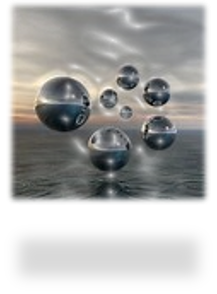
A small aperture in the belly of the craft seamlessly opens and seven shimmering orbs emerge. Immediately, they drop and sink beneath the waves, too small to hold beings but perhaps they’re drones of some sort. Seekers.
A little while later they surface and gently rise to meet the craft overhead. The aperture opens and the orbs slowly disappear inside one by one.
Onboard the craft, the visitor lifts the object that one of the Orbs has recovered. It has clearly been manufactured. It’s anything but natural. The angles are measured and symmetrical in a way that nature rarely is. The visitor became thoughtful. Scans of this world revealed no signs of any civilisation and yet here was this object. There are symbols on the casing of some kind. Perhaps the linguistic science group will decipher this later.

The visitor notices a button on what looks to be the top of the object. Pressing the button achieves nothing. Perhaps its energy source was depleted? Examining the object further, the visitor identifies the energy port and touches a panel in front of him. A fibre as fine as spider’s silk flows from the panel and connects itself to the energy port on the device. He presses the button again.
The screen on the device flickers into life. The visitor touches another console and the images on the screen of the device slowly appear holographically in the air in front of the visitor.
The visitors capacity for learning is clearly advanced, and before long the visitor has worked out how to playback the recorded content, which now starts to play on the holographic display.

Beings! The moving images on the device are clearly biological beings. Tactile beings clearly familiar with one another. Close. A family unit perhaps. Two mature beings and one smaller being. A black furry being also appears to be part of the family unit.
As the visitor continues to watch, images of structures, large groups of structures and rudimentary ground, air and marine vehicles are displayed. There are also many, many beings. The bipedal beings appear to be self-aware and intelligent. They make organised, systematic sounds that can only be language, and less ordered sounds that can only be emotional responses to stimulae. Other species are also apparent but appear to be less capable of organising behaviours or verbal communication. However, the black furry creature, who the bipedals in the recording refer to as “Bob”, appeared to have emotional responses at least as well developed as the bipedals.

As he watched, it became clear that the extremely good looking, and physically fit bipedal was the alpha in the group. The other’s referred to him as John or Creasy or Daddy or Babe or Handsome. These designations seemed to be entirely interchangeable.
As the visitor watched, the bipedal known as Creasy was now on a marine vessel and had evidently attached the device to his head via some means. Looking at the device now, the visitor could see no sign of how this attachment could be achieved and concluded that it must, therefore, have been either some degradable headband arrangement or the heads of these beings were magnetic.
Creasy was now looking down at the water from the edge of the vessel, before raising his hands to hold onto the camera and what appeared to be a mask. This being then suddenly launched himself into the water from the vessel and became briefly submerged before surfacing and looking about, gasping and spluttering for air.

The camera had picked up some sounds emanating from the vessel. Creasy turned to look in the direction of the sound. It appeared to be coming from the alpha’s mate. A creature of such beauty and grace that the visitor had to wonder what had attracted her to Creasy in the first place. She was calling out to creasy…
“Hey baby, are joo hokey in dere? Joo looked like joo landed flat on joor stomach!”
For some reason unbeknownst to the visitor, for it would not have affected the audibility of the exchange between the two beings, Creasy reached up and lifted his mask. As he did so, the recording device fell from his head and submerged beneath the waves drifting down toward the large crustacean organism below.
As it drifted down, it would periodically point upwards to show Creasy propelling himself frenetically along the surface, slowly moving his head from side to side as he did so. Every now and again, Creasy would halt in the water for quite a long time staring at something on the large seabed organism. Then for no apparent reason, off he would go again.

As he watched, the visitor’s shoulders began to shake and then heave as the realisation of what had just happened dawned on him. The visitor opened his feeding orifice and emitted a long loud howl.”
I stopped, opened my eyes and looked at my daughter expectantly.
“Why do you always do that?
“Do what?”
I said.
“That. You always end up goin’ on and on talkin’ rubbish when I could be on my iPhone”
I was a little saddened by, although not unused to, her response.
“I think I needed a way to make being such a plonker ok. I like the idea that all those memories we captured are not lost forever and that someday, someone will see them and remember us. All of us.
I think I just needed to convince myself that we should just leave my GoPro alone and let time figure out what to do with it. Now I don’t feel so bad about your Mum making me lose it, and we can forgive her and move on.”
She never did replace that GoPro.
Sometimes, me and Lu wonder if anyone found it or whether it is now buried in the coral. Whenever it does come up though, so does the story about the visitor, and Lu smiles and comes a little closer to hear it again.
Here’s a thought. If visitors do come, and we are gone by the time they get here, maybe they’ll find my GoPro, and then, because they have superior technology, they’ll be able to find this blog too!

So, if you are a visitor and you are reading this, first of all, Nanu-Nanu. Second of all, we were called Humans, Mankind, Humanity or Man and we were of the genus known here as Homo and the order known as Primates. Despite the nomenclature, 50% of our species were actually female – we called them women! We were sentient and in our history as humans (circa 200,000 orbits of the nearby star), many civilisations rose and fell. It may well be that other, less advanced, primate species have survived on Earth. That’s what we called this place you have come to. Earth.
We made some mistakes. Actually we made a lot of mistakes and it got us into trouble. So much trouble that unfortunately we cannot be here to greet you and welcome you to our world.
When we were here, it was still a beautiful place despite the mess we were making. During our lives (we lived, on average about 80 orbits of the star we called The Sun), it was becoming increasingly clear that the way we had created our society would not last. We were many, and we crowded together in great cities. We burned natural resources and filled our air with gases that warmed our planet too quickly, and we filled our land and oceans with our day to day detritus. We burned, and cut down the forests which were able to clean the harmful gases from our atmosphere. We didn’t think. Earth’s ecosystems were dying and we started to talk about the 6th great extinction event on our world. We didn’t believe.
We fought wars. Sometimes we fought on a planetary scale. Often we fought so that one group could control more resources than the next. Sometimes we squandered our youth for no reason at all.
We stifled our imagination and creativity in the pursuit of material wealth and we consumed and consumed and consumed.
We lost our way.
It must sound horrendous, and in many ways it was. Perhaps you feel that it is a good thing that such a species has gone. We were not all bad though. We achieved some amazing things too.
We were scientists and learned how to harness the power of a nucleus by splitting it or by fusing them together. Our scientists were closer than ever to finding a single unifying theory for everything.

We were explorers, it defined us. We built machines that took us to the bottom of our deepest oceans. We built rocket ships so we could leave the confines of our planet. We visited our moon. Men walked there. We sent probes to the farthest reaches of our star system and some went beyond into interstellar space. Is that why you are here? Did you find one?
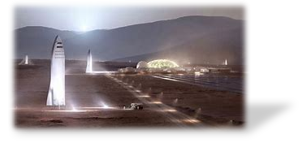
We began the development of the technology that would take us to the 4th planet in this system. We called it Mars. We were going to make a colony there and protect our species from any extinction-level event here on Earth. I suppose that didn’t happen?
We listened to the stars. Once we knew how, we listened every hour, of every day for one sign that would answer our most important question, “Are we alone?”. We didn’t hear anything. We dreamt about a time when maybe one day, friendly visitors would arrive and announce themselves, and we would finally know there were others. We could learn from them and maybe they could learn something from us but either way, things would be different from that day forward.
If we couldn’t hear anyone else and nobody came, we imagined a time when we might go to the stars and meet, well, you.
We were poets and artists and musicians too. We created works of art of such beauty that, if you could only see them or hear them, your heart would fill and your eyes would weep. I hope you find examples as you explore this place.

We knew how to love. We knew how to hold each other close when we were feeling sad and alone, or hungry and cold. Then we were at our best. You would have liked us, then.
I hope you are seeing our world the way we found it, not the way we left it. I envy you this. I think you would probably have to travel a very long way before finding somewhere that has the beauty and richness of our world.
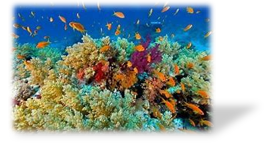
But no need to go find somewhere else. Stay awhile and explore the beauty, grace and diversity of our world. Maybe you shouldn’t stay here forever though. Come and visit of course, but keep Earth’s location a secret. Find out about us and our ways, but learn from our mistakes. Make sure that others leave the Earth alone. Guard this place the way we should have. Let it stay an unspoiled paradise again. Oh, and maybe you should return my GoPro to the reef.
Until next time, stay well. Creasy signing off
